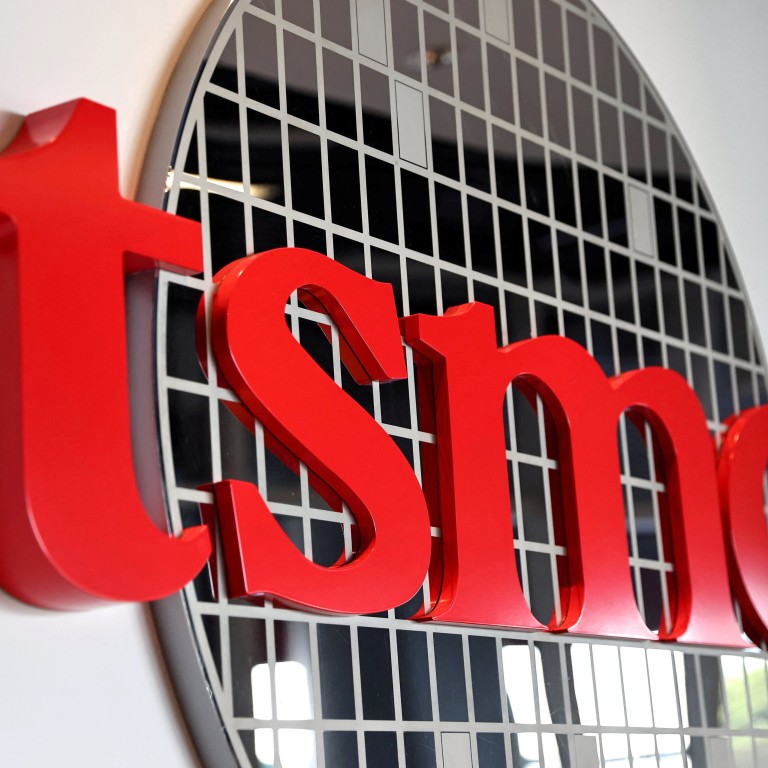
US-China tech war: TSMC strikes US$11.6 billion deal to make ‘most advanced semiconductor chips’ in Arizona
- Taiwanese firm set to get US$6.6 billion in grants and as much as US$5 billion in loans to help build factories as Washington vies for chip prominence
- With new investments like those from TSMC Arizona, US says it is on track to make roughly 20 per cent of world’s leading-edge semiconductors by 2030
In addition, a US$5 billion loan from Washington will be made available to the Taiwanese firm, which will invest more than US$65 billion to construct three semiconductor fabrication plants, or fabs, in the state of Arizona, according to the US Department of Commerce.
The third plant will be built before the end of the decade and produce 2-nanometer or more advanced chips, it added.
The US currently produces less than 10 per cent of the world’s chips and none of the most advanced ones.
Owing to new investments like those from TSMC Arizona, the US is now on track to produce roughly 20 per cent of the world’s leading-edge chips by 2030, the Commerce Department said.
TSMC restarts operations after earthquake, reassuring no chip supply disruption
“This would help strengthen America’s competitive edge in science and technology innovation,” the department said.
The first fab will make 4nm chips and now is scheduled to begin production by the first half of 2025. The second fab, whose operational debut was delayed from 2026 to 2028, will produce 2nm chips on top of its original plan to make only chips measuring 3nm, thanks to the fresh funding from the US government, according to the company.
Generally, the smaller a semiconductor is the more advanced it will be, as more computing power can be packed into a tiny piece of silicon.
Updated US chip controls raise demand in China for Nvidia’s graphics card
“The proposed funding from the Chips and Science Act would provide TSMC the opportunity to make this unprecedented investment and to offer our foundry service of the most advanced manufacturing technologies in the United States,” said TSMC Chairman Mark Liu.
“Our US operations allow us to better support our US customers, which include several of the world’s leading technology companies. Our US operations will also expand our capability to trailblaze future advancements in semiconductor technology.”

